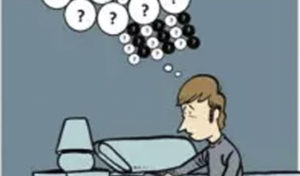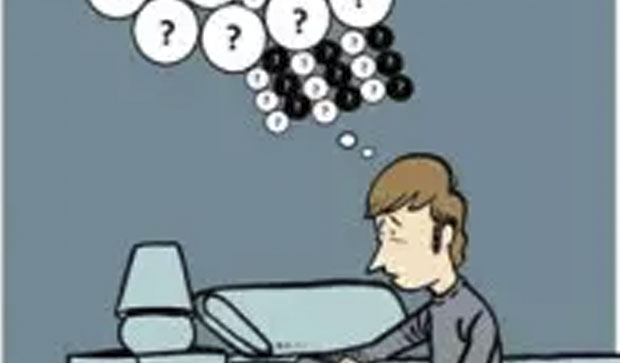 At the Mario Losantos del Campo Foundation (FMLC) we are often asked if we employ group grief therapy with teenagers and, if so, what it consists of? Thus, in this post we are going to explain in detail how this type of therapy works and the reasons why we consider that it is not effective with teenagers.
At the Mario Losantos del Campo Foundation (FMLC) we are often asked if we employ group grief therapy with teenagers and, if so, what it consists of? Thus, in this post we are going to explain in detail how this type of therapy works and the reasons why we consider that it is not effective with teenagers.
Group grief therapy is a very powerful tool. At FMLC we are quite used to employing this resource: we create heterogeneous groups in which the participants, around ten per group, work and progress on their grief guided by a psychologist, whilst sharing their concerns and experiences.
In doing so, patients are enriched through other testimonies, diverse ways of coping, validate their pain, weave a social network… As you can see, it is a very powerful tool as long as people are willing to participate in a group and share with other strangers their loss and their experiences.
Instances in which group therapy with teenagers is feasible
Group therapy with teenagers is difficult to handle, not because it cannot be carried out -because it can-, but rather because teenagers find it difficult to identify with others. Throughout our clinical experience, we have opted to use group grief work with teenagers under the following circumstances:
- All participants have suffered the same loss (for example, a group of friends who have suffered the death of a mutual friend).
- Death affects a specific group (a teammate, a teacher who has been important to a class, a colleague who dies on an trip…).
- The death occurs in the presence of a specific group (eg., a teenager who dies doing an activity during camp).
Only in these situations has our therapy been well accepted and well considered by teenagers. Sometimes it has even been performed in a social environment, in a classroom, at school or in a sports centre.
Reasons why group therapy with teeenagers is not recommended
However, regarding other circumstances, we do not believe that group intervention benefits teenagers. We will now proceed to explain the nuances that we have taken into account and have discovered throughout our clinical experience:
- A teenager’s character prevents them from connecting with other similar situations: they do not consider that they are the same, or that their pain can be compared or that they can feel identified with others.
- They tend to hide: they do not like to show their emotions in public and they work better in private.
- In a group where they have suffered the same loss, sometimes the relationships are not identical: there may be someone who had a more intimate friendship, or one of them was the boyfriend or girlfriend of the deceased… and their pain is not comparable.
- It is difficult for them to show themselves among equals in a different way, or to convey themselves.
- If the loss of each participant were different (for example, a father, a friend, a mother, a brother…) there are too many differences and particularities in the therapeutic work in order to carry them out amongst a group.
From experience we know that, if the group is not homogeneous, there is always a participant who feels left out, or does not connect, finds themselve inhibited and does not express their feelings because for them, it is not a trustworthy environment, or refrains from using other experiences to help themselves… Although we have tried, our experience has proven that quite often teens do not empathise or get along well in a group.
Peculiarities of grief in teenagers
It is true that there are many useful groups in therapy that work, such as social skills, relational skills, conflict resolution…, but in a subject as sensitive as grief, we find that exposing yourself to pain in a group does not benefit teenagers. Moreover, it actually prevents working on aspects from other areas, either because they are not usually symmetrical between the participants: some are more affected by grief in the relational area, others in the family area, others have academic repercussions, etc.
Hence, we have not been able to successfully employ grief group therapy with teenagers, except in the aforementioned specific cases. We prefer a more intimate approach such as is provided through individual therapy, in which the teenager feels safe and validated, and can express everything inside themselves with total confidence. In spite of it all, the fact that we do not find it advisable, does not mean that it is an invalid tool and does not prevent other entities or professionals from employing it in a more successful or efficient manner those implied throughpout our experience.
To find out more about child bereavement care, you can go to our free child bereavement psychotherapy service, request free talks for parents and teachers at your school or download our free practical manual “Let’s talk about Grief”, which offers guidelines to help adults talk about death with children and gives keypoints on how children experience grief according to their age.
It also includes a section on how to deal with grief at school and how to help people with intellectual disabilities cope with grief. The guide (Spanish version) is available for free download on our website:



